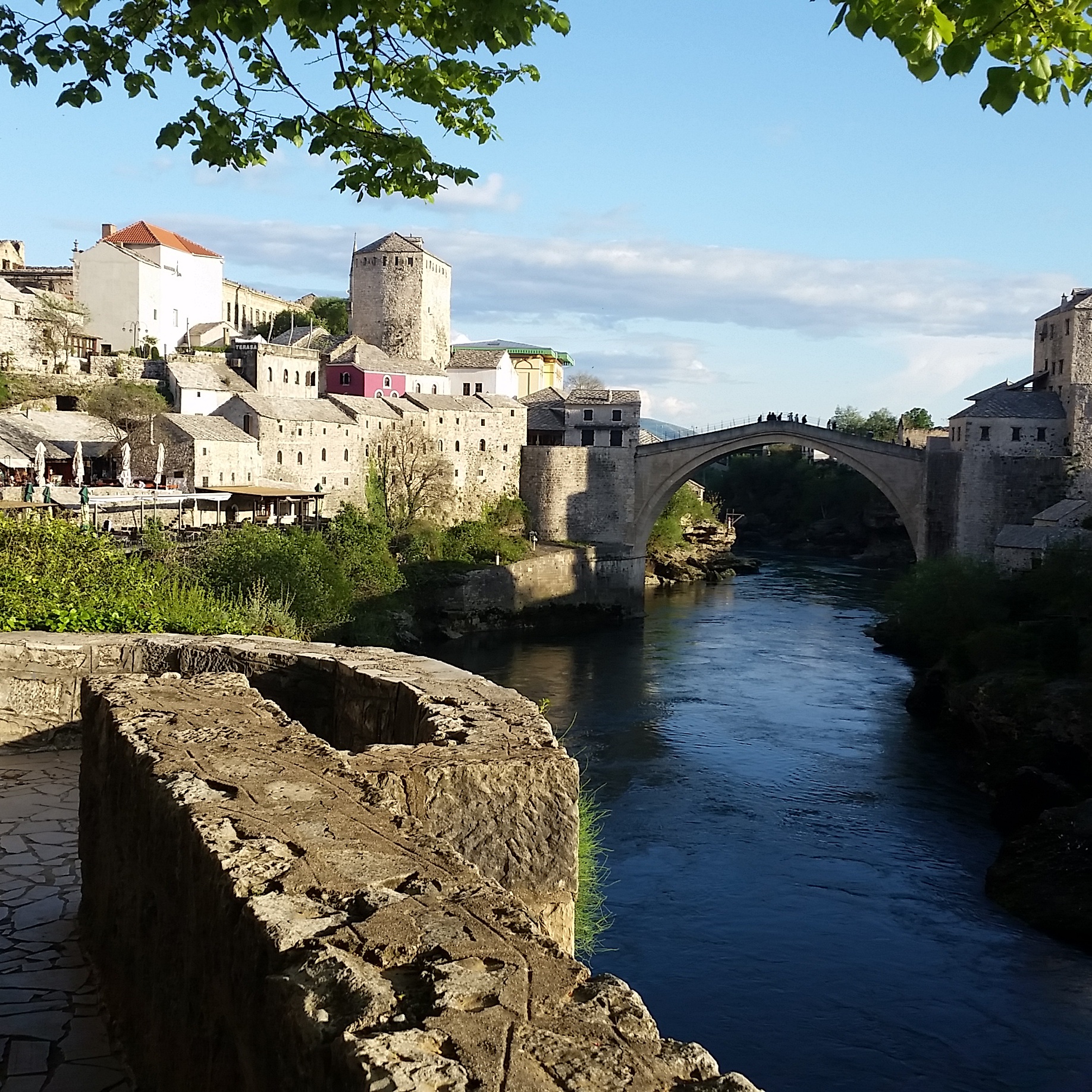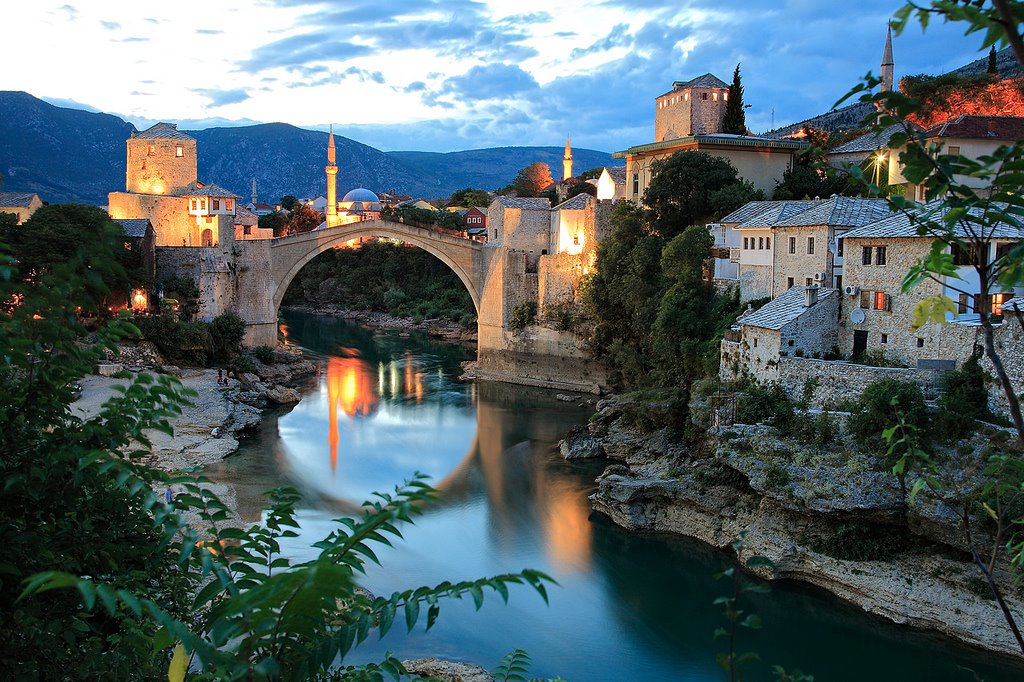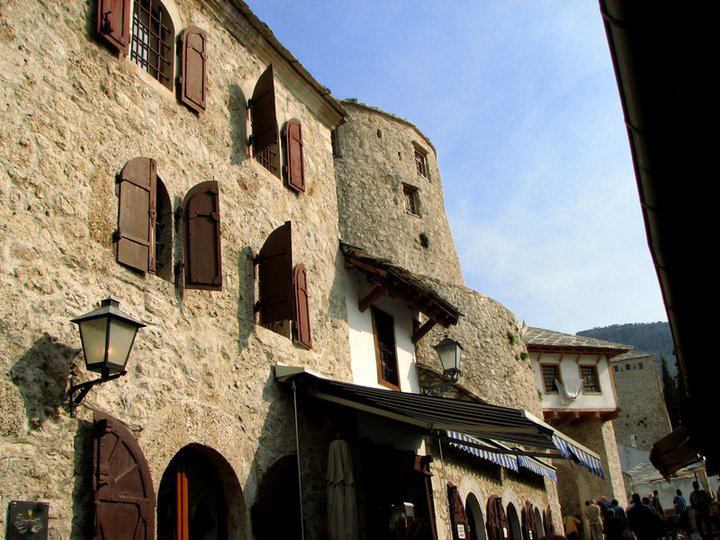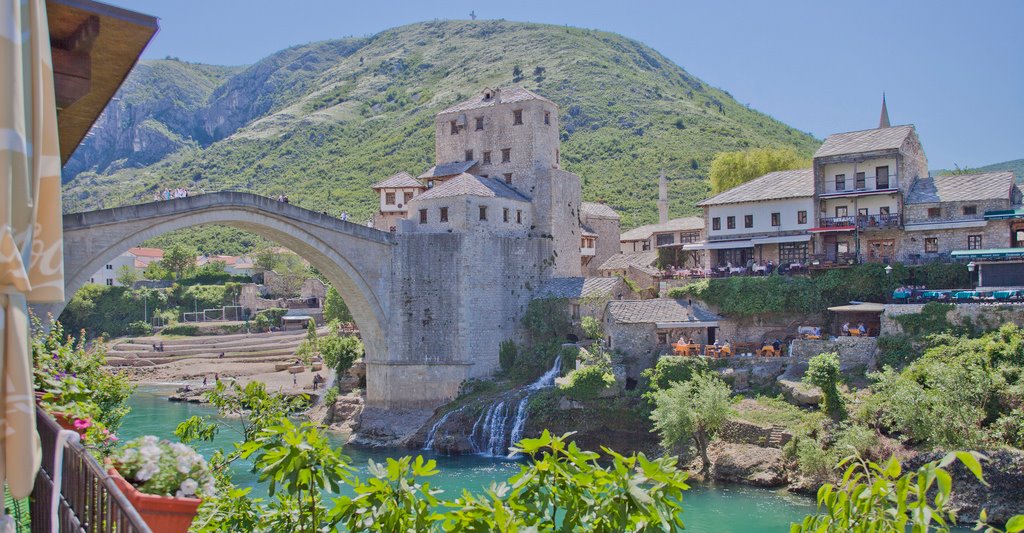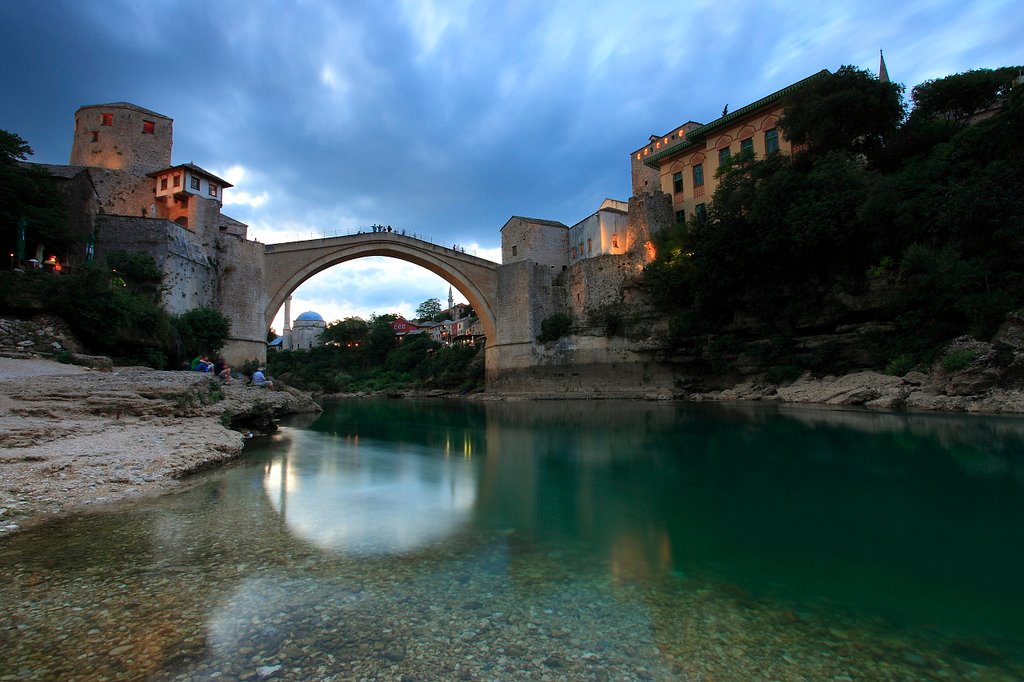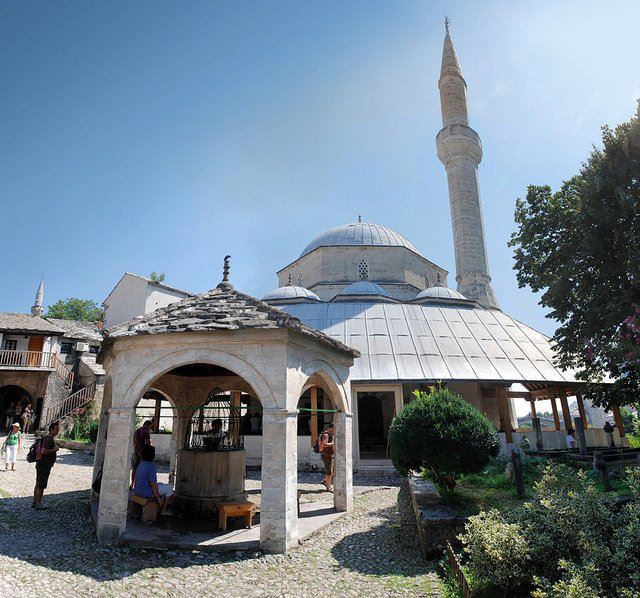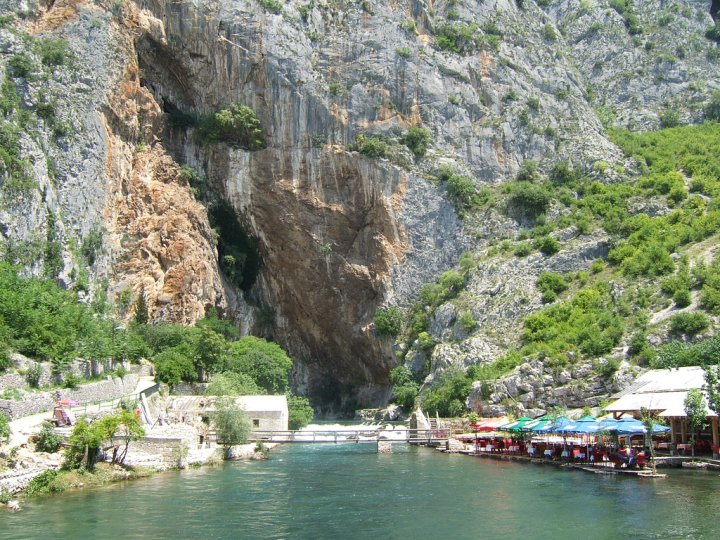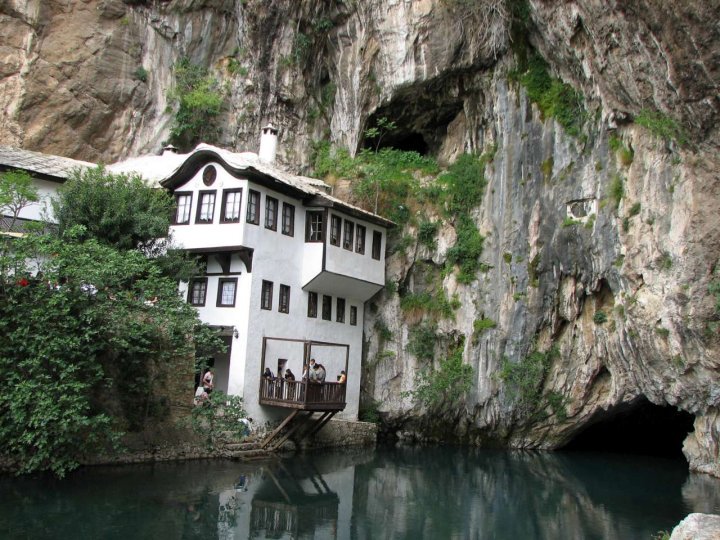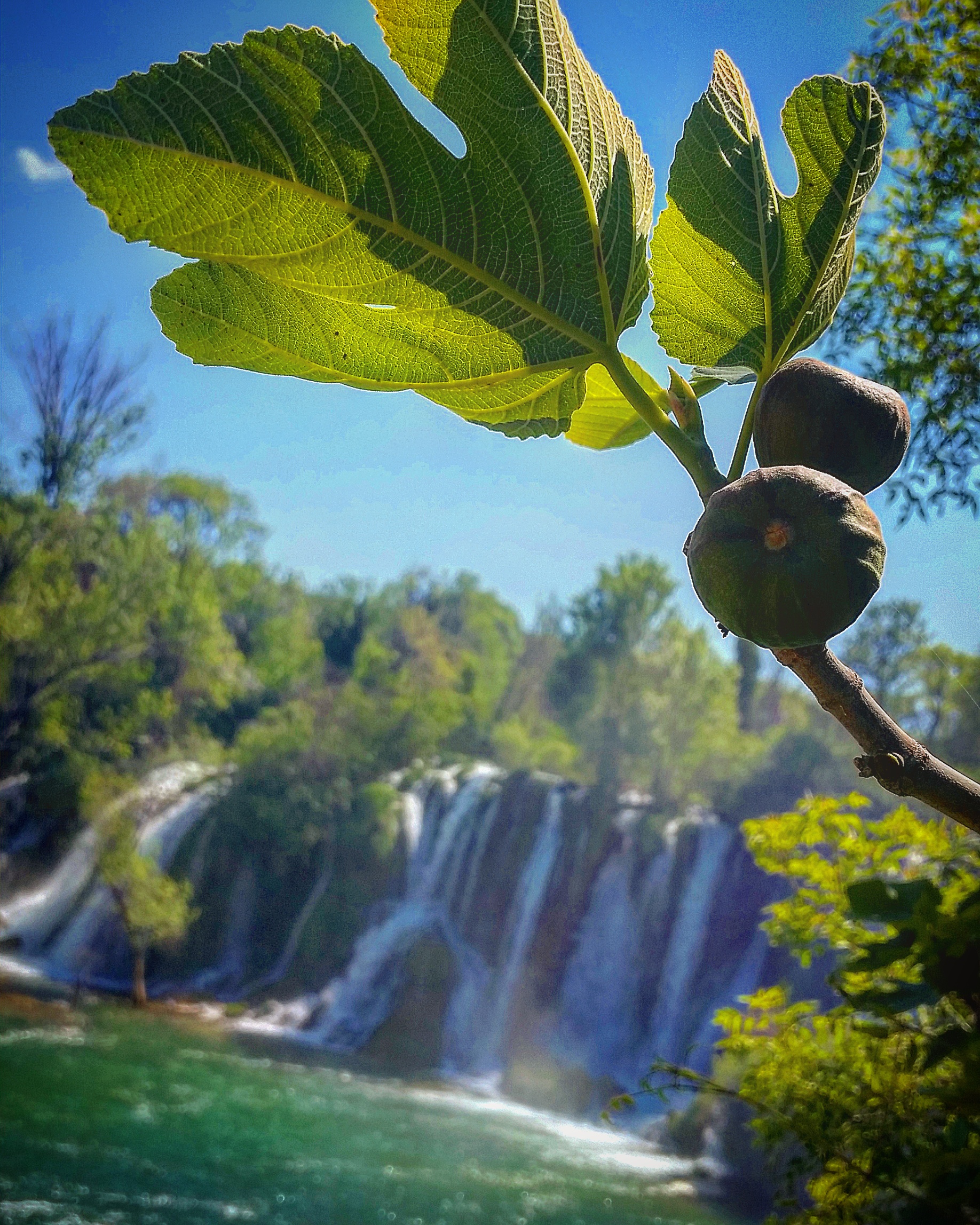Mostar
When the Stari most, or Old Bridge, collapsed from tank shelling in 1993 it was like the heart was ripped out of most Mostar natives. Even mentioning the bridge for years after it fell to the bottom of the Neretva River could invoke tears as it symbolized both the city and the country as a whole. Now, more than a decade later, the beautiful stone structurethat had spanned the Neretva River for over four centuries once again arches across its raging waters. The bridge is Mostar's core and its reconstruction means that life is slowly but surely returning to normal in what is most certainly the most beautiful city in Bosnia and Herzegovina.
Just 40 kms outside of Mostar, Kravice Waterfalls is the absolute perfect place to spend a summer day. Around 25 metres high, the waterfalls cascade into a stunning emerald coloured lake. This little piece of paradice is not well known to tourists and is frequented mostly by locals. Swim in the lake and even under the waterfalls. You can even pass the time on a tire swing!
Blagaj Tekke is considered to be one of Bosnia and Herzegovina’s most holy and ancient sites.Also known as the Dervish Monastery, the tekija was built to host gatherings of the Sufi Brotherhood. The stunning half-timbered tekija rests beside the fast-flowing blue green Buna River, which spills out of a darkened cliff-cave. Erected around 1520, the tekija reflects Ottoman and Mediterranean style of architecture. The upper part of the building also houses two 15th century Tajik dervishes. Miraculously, this mystical place remained untouched during the Bosnian war, despite so much death and destruction happening so close by. Only 12 kms outside of Mostar, Blagaj Tekke continues to be popular with pilgrims and tourists alike.
Resting on the left bank of the Neretva River, Pocitelj is a fortified medieval town that remains close to its original form. Just 30 km outside of Mostar, this is another site that begs to be seen. Established in 1383 by King Stjepan Tvrtko I, the walled town evolved through the 16th-18th centuries and showcases both Ottoman and medieval influences in its architecture. Unlike Blagaj Tekke, Pocitelj was heavily damaged during the 1992-1996 Bosnian War by Croatian forces. Sadly, many great Islamic works of art and architecture were completely destroyed. Even more unfortunate was that most of the townsfolk were completely displaced.


